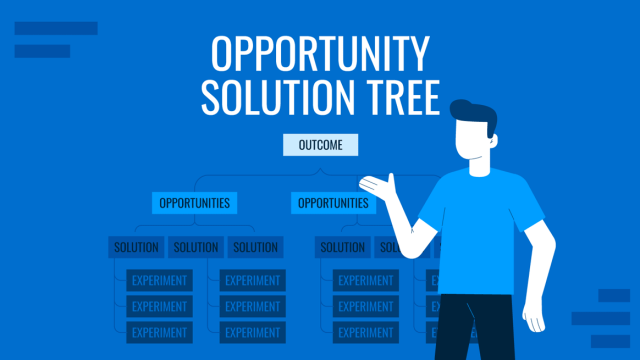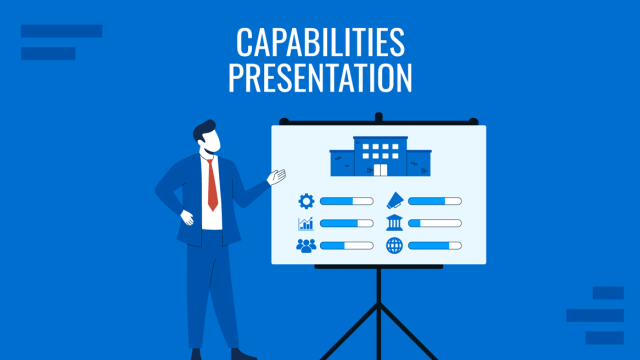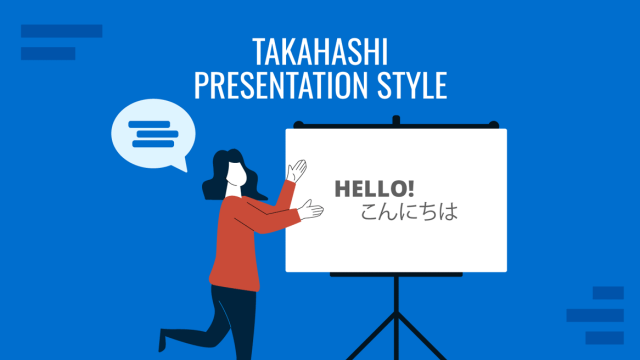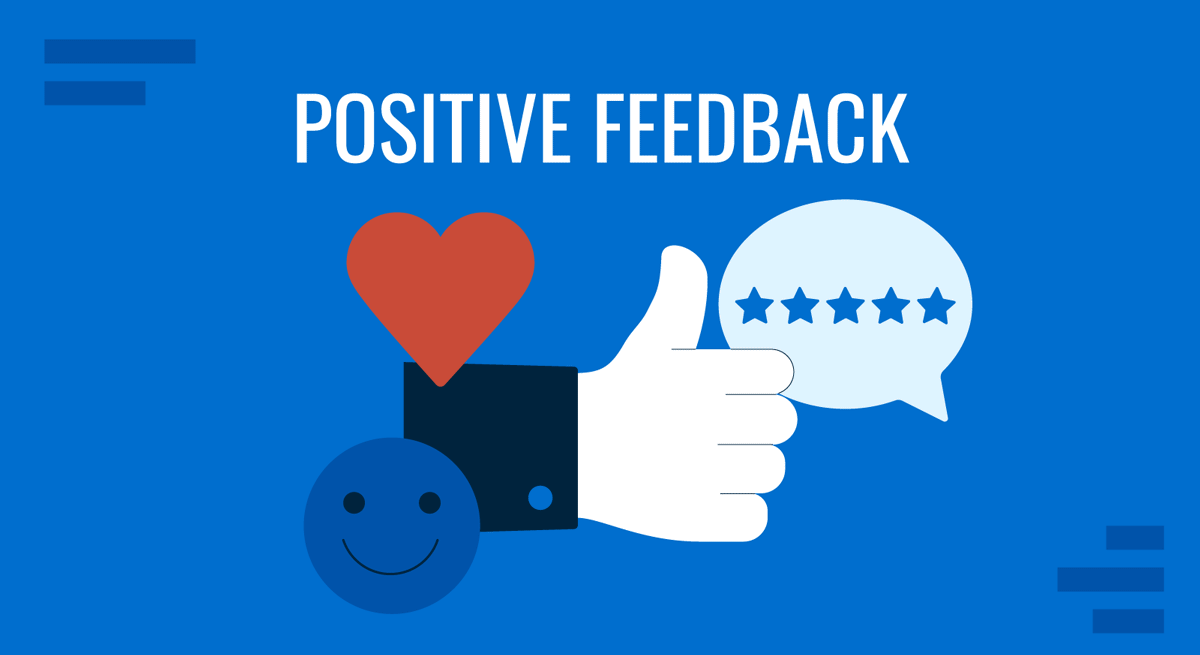
No matter how skilled you are, hearing positive feedback after a presentation has a unique impact. It validates preparation, confirms alignment with audience expectations, and reinforces your professional credibility. However, while many presenters focus on how to process criticism, the ability to absorb and apply praise is equally critical. Positive feedback isn’t only reassurance: it’s data. Used properly, it highlights what resonates with audiences, strengthens effective techniques, and provides a roadmap for consistent performance.
This article outlines a practical framework for handling constructive feedback: how to recognize its value, evaluate its accuracy, extract insights, and integrate it into your professional growth.
Table of Contents
- What is Positive Feedback?
- Understanding Positive Feedback Role in Presentations
- Emotional Responses: Recognize and Regulate
- Distinguishing Praise from Flattery
- Analyzing Positive Feedback
- Applying Positive Feedback into Future Presentations
- Building Confidence Without Complacency
- Encouraging More Actionable Positive Feedback
- FAQs
- Final Words
What is Positive Feedback?
Positive feedback refers to responses that highlight strengths, successes, and effective choices in your presentation. It confirms alignment between intent and audience perception, signaling that your communication strategy achieved the desired effect.
This type of great comments can cover clarity, delivery, slide design, logical flow, audience engagement, or persuasiveness. It may take the form of compliments, recognition of skill, or observations about impact. For example, a client saying, “Your opening made the problem clear right away,” or a colleague noting, “Your visuals simplified a complex point.” Both comments confirm effectiveness in different dimensions of the presentation.
Unlike criticism, which highlights gaps, positive feedback shows where your approach connected. The key is not just hearing it but learning how to amplify those elements in future work.
Understanding Positive Feedback Role in Presentations
Many presenters undervalue praise, dismissing it as polite acknowledgment. This underestimates its function. Positive feedback is a signal of alignment between the message and the audience, as well as between effort and outcome. It shows where strategies paid off.

Feedback also helps counteract cognitive biases. Presenters often focus on flaws, remembering moments of hesitation more vividly than smooth delivery. Audience praise provides external confirmation of what worked, correcting that internal distortion. Recognizing this prevents you from making unnecessary changes to strong elements.
In professional contexts, feedback for colleagues has two primary functions: validation and guidance. Validation ensures confidence that your methods are working. Guidance shows where to double down on strategies that consistently connect with your audience.
Emotional Responses: Recognize and Regulate
The natural lift
Receiving praise triggers a surge of relief and pride. After weeks of preparation, positive feedback reassures you that the investment was worthwhile. This reaction is healthy, but can distort perspective if left unchecked. Some presenters overinflate their success, assuming flawless execution is guaranteed. Others downplay compliments, convinced that praise is superficial.
Pause before internalizing
Just as with criticism, a pause helps regulate response. Resist dismissing praise with phrases like “It was nothing” or inflating it into “I must be great at this.” Instead, acknowledge the compliment and take time later to evaluate it objectively. Balanced reflection enables you to identify genuine strengths without succumbing to self-doubt or arrogance.
Distinguishing Praise from Flattery
Not all co worker feedback carries equal weight. Some comments reflect genuine recognition; others stem from politeness, social norms, or attempts to maintain goodwill.
Genuine positive feedback examples refer to specific aspects of your presentation, such as pacing, clarity, or the use of visual aids.
Flattery is vague, often focusing on broad impressions without detail, like “You’re such a natural speaker.”
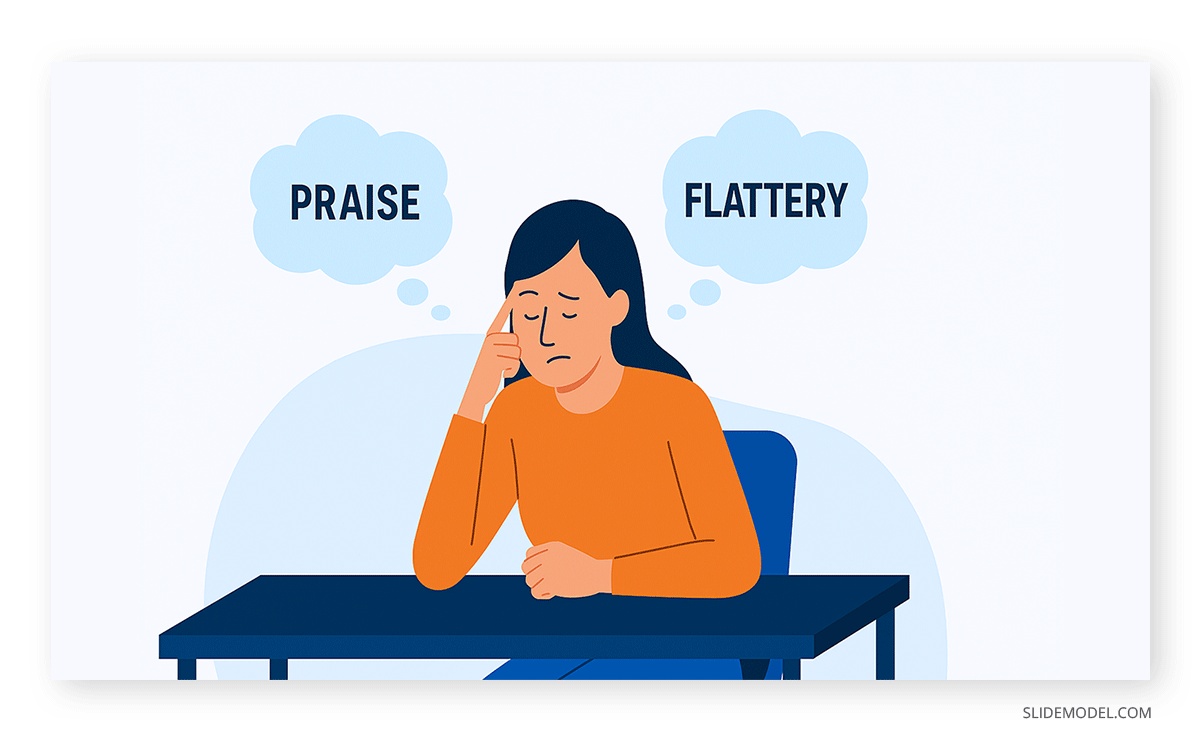
While both can boost morale, only the former provides actionable insight. As a presenter, your task is to filter comments, looking for precise references to techniques, slides, or delivery choices. Those details reveal patterns worth repeating.
Analyzing Positive Feedback
When reviewing positive feedback, treat it with the same rigor as criticism. Write down comments as close to verbatim as possible. Categorize them into themes: content clarity, narrative flow, visual design, delivery, or audience interaction.
For example:
“Your examples made the data easy to understand.” – Narrative clarity.
“The slide design was clean and professional.” – Visual impact.
“I liked how you paused after key points.” – Delivery strategy.
Patterns reveal which strengths consistently stand out. If multiple people highlight your ability to simplify complex concepts, that’s a core skill to cultivate. If only one person mentions it, it may reflect individual preference rather than universal impact.
Applying Positive Feedback into Future Presentations
Positive feedback becomes powerful when transformed into deliberate practice. A compliment on slide design should prompt you to identify which design choices, spacing, typography, and color hierarchy, contributed to that impact. Once identified, codify them into repeatable guidelines.
For example:
If audiences consistently praise clarity, review how you structured explanations. Did you use analogies, step-by-step logic, or visual simplification? Document the method so you can replicate it in future presentations.
Recommended lecture: Laws of UX for Presentations
If delivery style earns recognition, analyze specific techniques, such as vocal modulation, eye contact, or pacing. Incorporating them consciously ensures they remain reliable tools, not accidental successes.
Treat positive feedback as confirmation of working strategies and formalize them into your presentation toolkit.
Building Confidence Without Complacency
One danger of positive feedback is complacency. Praise can lull presenters into believing improvement is unnecessary. This stalls growth and can lead to repetitive or predictable performance.
Instead, frame positive feedback as a baseline of competence. It shows what is effective now, not what will always be effective. Audiences, contexts, and expectations shift. A technique praised in one environment may not resonate in another. Use feedback as a foundation for building confidence, but continue to refine your skills.

Balance is critical. Confidence gives you authority on stage, but ongoing curiosity keeps your approach relevant. See positive feedback as reinforcement, not a final verdict.
Encouraging More Actionable Positive Feedback
While negative feedback often comes uninvited, positive feedback can be generalized or withheld. To make it actionable, prompt your audience to provide specific details. After a presentation, instead of asking “Did you like it?”, ask:
“Which part helped you understand the issue most clearly?”
“Was there a slide or example that stood out?”
“What about the delivery kept you engaged?”
These questions steer the conversation from vague approval to targeted insight. They also help establish a culture where colleagues provide balanced feedback, not only pointing out flaws but also highlighting strengths.
FAQs
What if positive feedback contradicts itself?
Conflicting praise often reflects the varied preferences of different audiences. One person may value your detailed examples; another prefers brevity. Use these differences to segment your audience and tailor presentations accordingly.
How do I avoid dismissing compliments?
Many professionals instinctively downplay praise examples. Instead of brushing it off, acknowledge with a simple “Thank you.” Later, reflect on whether the compliment signals a repeatable strength. Dismissing it undermines valuable information.
Is it possible to rely too much on positive feedback?
Yes. If you adapt exclusively to praise, you risk performing to please rather than to communicate effectively. Strike a balance between recognizing strengths and being aware of potential blind spots.
What if the positive feedback feels superficial?
Treat vague praise as encouragement, but do not overvalue it. Actionable insights are detailed and specific. If unsure, ask follow-up questions to clarify what exactly resonated.
Can I request written positive feedback?
Absolutely. Written comments often include more detail and allow you to analyze patterns more effectively. They also provide a record you can revisit before preparing new presentations.
How does positive feedback affect long-term growth?
It highlights core strengths you can build into your professional identity. Over time, consistent reinforcement of these strengths enhances credibility and positions you as a reliable communicator.
Final Words
Positive feedback is more than affirmation. It is a diagnostic tool that highlights where your message resonated, where your design was effective, and where your delivery was engaging. Processing it requires discipline: distinguishing genuine recognition from politeness, analyzing patterns, and placing strengths into repeatable strategies.
For presenters, the challenge is not only to seek out constructive criticism but to learn how to amplify what already works. Used effectively, good feedback provides a stable foundation of confidence, helping you refine your professional voice while adapting to new audiences and contexts.
